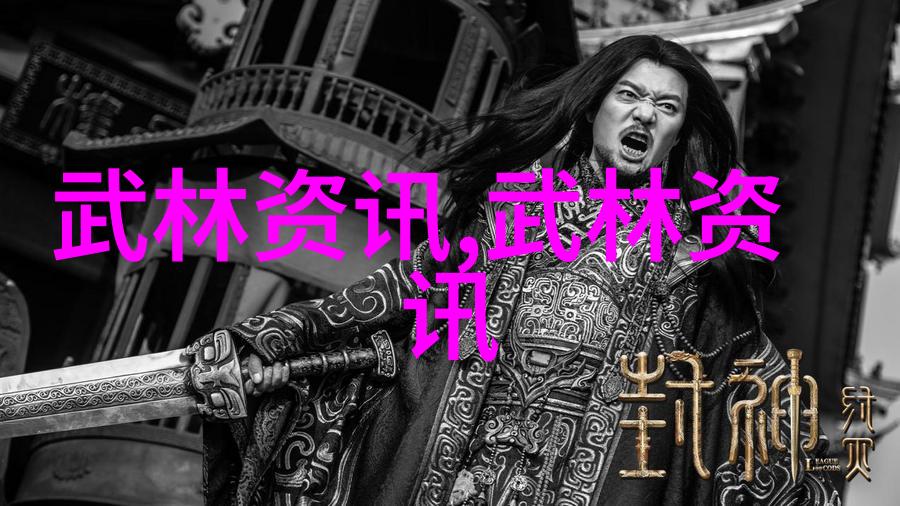

南枝拳:太极拳24式自学图解,轻松掌握内外兼修的武术之道。

南枝拳是南拳中一个出色的拳种,属后发制人的实战技法。据传,此拳出自南少林寺,为洪熙官所创,寺僧何岩曾学此拳。火烧少林寺时,何岩出走广东,至海陆丰碣石收徒传拳。陈南枝是何岩再传,是门中成就最高之人。
陈南枝(1847年—1925年),又名鉴山,为名震一时的技击高手。潮汕武坛和民众都佩服其功夫,公认其为“好手南枝师”,并称其所教的拳为南枝拳。

south fist, a martial art of Southern China, is known for its unique techniques and principles. It is said that south fist was created by Hong Xiuquan, the founder of the Taiping Heavenly Kingdom, in the Qing dynasty. The art was later passed down to Chen Nanqian, who became one of the most skilled practitioners.
Chen Nanqian (1847-1925), also known as Jian Shan, was a renowned martial artist in his time. He was respected by both his peers and the general public for his exceptional skill in south fist.

South Fist consists of three main forms: Big Form, Middle Form, and Small Form. These forms share similar stances but differ in their execution styles. They can be compared to calligraphy styles - Big Form resembles cursive script; Middle Form resembles running script; while Small Form resembles grass script.
The practice of South Fist includes numerous sets or routines. Among them are "Four Steps," which serves as an introduction to beginners and requires persistent effort to master effectively; particularly noteworthy is the technique called "Straight Punch," which boasts elegant movements yet packs significant force when executed properly.

In terms of footwork, South Fist employs an "eight trigrams" stance where feet rarely venture beyond the boundaries defined by these trigrams. The foundation for learning South Fist begins with understanding diagrams illustrating hand positions and key basic actions.
1、八卦足位图

To ensure proper alignment and ease learning for beginners practicing on paper should draw a simple eight trigram diagram (the diameter equals half-length from heel-to-toe). Each direction represents one of eight cardinal directions (#9312# through #9319#, clockwise). Some movements require standing outside this boundary so mark a square around it with each corner representing east #9312#, west #9313#, north #9314#, south #9315# etc., along with at each corner writing 甲、乙、丙、丁 (see Eight Trigrams Foot Diagram) marking east-south-east etc.
During practice follow this diagram.
A horseback stance can be taken either straight ahead or sideways depending on whether you stand parallel to or perpendicular lines drawn across your body's centerline.
2、手形
a) 凤眼指四指并拢卷握上抬食指第三节直挺如凤眼故名(图1)
b) 佛手指放松半握不贴心状植物果实佛手(图2&3)
c) 平顶五指并拢卷紧贴第二三节及中二节(图4&5)
d) 猫头顶与平顶相似但更远离心部看背似猫头故名(图6&7)
Palms:
a) 梅花掌四指伸直弯屈紧贴虎口处(8th image])
b) 搭掌五指张开微弯搭抓意象如搭扇或草叶状
Three Key Actions:
1.马步抱凤两脚内侧平行开立大腿接近水平全脚着地趾抓地胸挺头顶天口微闭齿轻咬舌舐上腭提肛吊裆呼吸自然气沉丹田目视正前方横马步姿势稳固抱凤则双手各以凤眼持之向上置于胸前最终形成站横马步姿态呈现整体美观而协调有效动作基础原则通过练习熟悉这一基本动作可以确保其他技术练习成功实施。

2025-03-24

2025-03-24

2025-03-24

2025-03-24

2025-03-24

2025-03-24

2025-03-24

2025-03-24

2025-03-24

2025-03-24